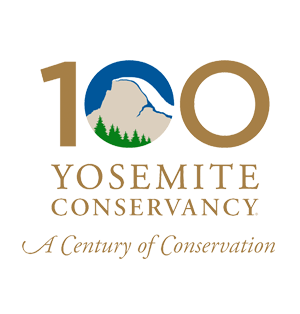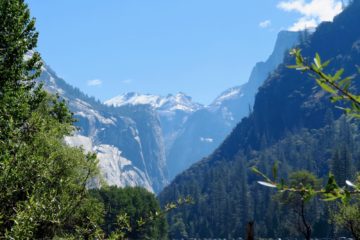A monthly recap of what we saw, heard and did in the park. Here’s what happened in June…
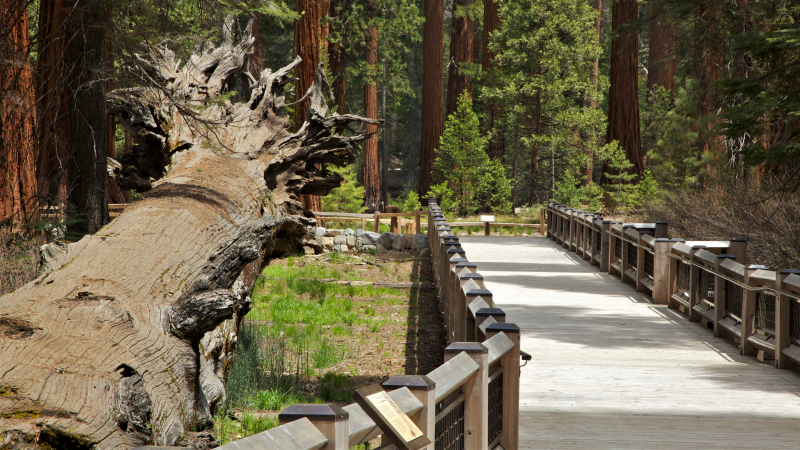
Welcome (back) to Mariposa Grove!
On June 14, 2018, we joined the National Park Service and public officials at a dedication ceremony to celebrate the multiyear restoration of Yosemite’s famous Mariposa Grove of Giant Sequoias. The project, the largest such effort in park history, was implemented to help ensure the long-term health of the massive, millennia-old trees. Mariposa Grove reopened to the public on June 15, after a three-year closure to facilitate major elements of the project. Read our recent blog post for an inside look at the restoration, which was made possible through the support of tens of thousands of generous donors!
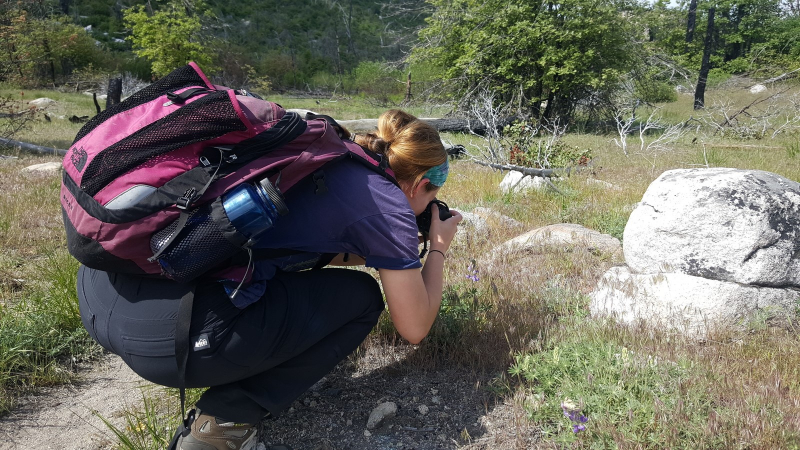
Studying butterflies
With support from a 2018 donor-funded grant, researchers hit the trails around Yosemite Valley and Hetch Hetchy in May and June to look for butterflies living in recently burned landscapes at relatively low elevations. Their goal: figure out how wildfires affect butterfly species’ genetic diversity. Later in the summer, the scientists will move up a few thousand feet to survey the abundance, diversity and distribution of high-elevation butterflies. By comparing the data gathered this year to surveys completed a decade ago, researchers hope gain insights into how environmental changes are affecting alpine butterflies and the broader ecosystem.
“The opportunity to conduct research in Yosemite has been one of the most rewarding experiences of my undergraduate career,” writes researcher Mryia Hubert, a student at University of Wisconsin, Madison, who is working with Dr. Sean Schoville to study butterflies in Yosemite this summer. “The beautiful landscape allows my love for the outdoors and research to truly coexist. … It is my hope that through our work we will inspire other researchers to focus on the genetic effects of fire on other species, as this natural event is an essential natural restorative process of western forests.”
The research team is also working on developing a mobile app for butterfly identification — stay tuned! In the meantime, see what makes Yosemite a good place to study these colorful insects.
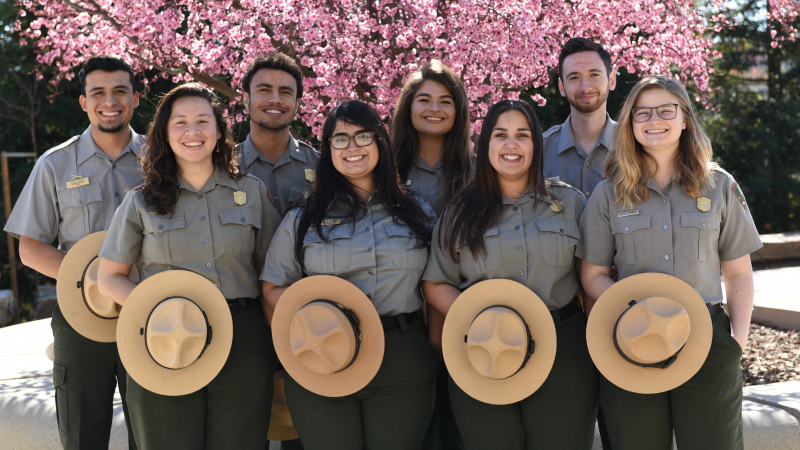
Updates from the field
Our partners in the park shared a slew of updates on other donor-supported projects in June, including these highlights…
- Summer is prime time for programs focused on engaging the next generation of park stewards! The 2018 Yosemite Leadership Program interns have arrived and are settled into their roles working with professionals throughout the park; Adventure Risk Challenge participants embarked on their 40-day summer course; a group of WildLink alums are preparing for their immersive “Career Connection” experience focused on exploring park-related paths; and Parks in Focus leaders are gearing up for their ninth summer in Yosemite, during which YLP graduate Mirella Gutierrez will reprise her role leading 5-day nature photography trips for middle school students from three Bay Area youth organizations.
- Speaking of youth leaders … student rangers at UC Merced’s Wilderness Education Center (pictured above) swore in 569 new junior rangers during the spring semester, thanks to their continued commitment to helping fourth-graders connect with public lands through the Every Kid in a Park initiative. This summer, a dozen current and former WEC rangers are working in the park, supporting education, wilderness patrols, restoration projects, and more.
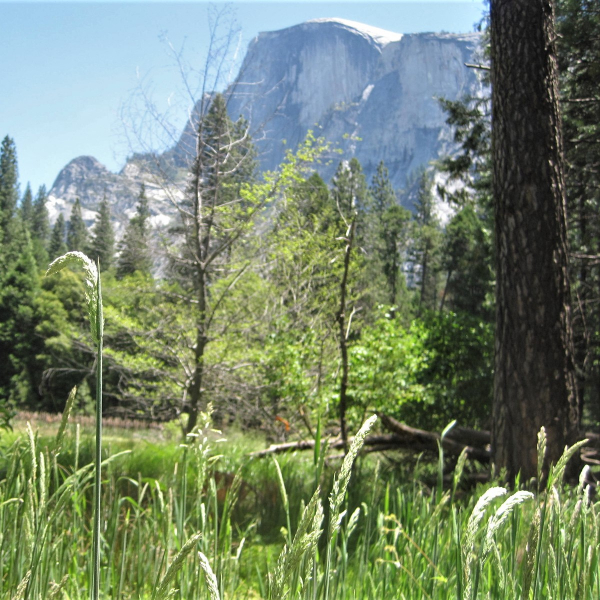 Crews working in Royal Arches Meadow have been taking note of natural and cultural resources, removing invasive plants, and using ground-penetrating radar (GPR) to identify clay pipes and other buried infrastructure, laying the groundwork for restoration activities to rehabilitate the wetland habitat.
Crews working in Royal Arches Meadow have been taking note of natural and cultural resources, removing invasive plants, and using ground-penetrating radar (GPR) to identify clay pipes and other buried infrastructure, laying the groundwork for restoration activities to rehabilitate the wetland habitat.- The songbird science team finished setting up seven seasonal meadow-based study stations, and started carefully gathering data on diverse birds, including a black-headed grosbeak that was previously fitted with a tiny GPS tag to help researchers track migration patterns. (Learn what else goes into studying songbirds.)
- As part of a project focused on Yosemite’s stock traditions, four mules and five horses joined the park’s four-footed team. One of the new patrol horses participated in the annual Mule Days celebration in Bishop, California, where Yosemite’s unit won first place for mounted color guard; the horse earned a new name — “Bishop” — in honor of his role in the victory! Drifter and Sandman, two adopted mustangs trained by inmates at the Rio Cosumnes Correctional Facility, also joined the crew.
- Seasonal Preventive Search and Rescue rangers and interns have been working hard to prevent emergencies during the busy season! In addition to coordinating a cadre of volunteers to patrol trails, the PSAR team spreads the word about hiking in hot weather, staying safe around swift water, and more.
- Five Climber Stewards are working with Yosemite’s seasonal climbing rangers to educate people about climbing stewardship and safety (including through weekly Climber Coffee gatherings), support Search and Rescue operations, coordinate a series of restoration projects focused on approach and descent trails for climbing routes, and plan for the July 19 “Gym to Crag” event at Planet Granite in San Francisco. (Curious about Yosemite’s Climber Stewards? Meet one.)
- Working behind the scenes in the Yosemite Archives, four Student Conservation Association interns researched 8,000 historical images, and digitized 6,600 of them for inclusion in the digital NPGallery. (Read some of their insights from our Q-and-A earlier this year!)
- Finally, in other digital news, park representatives are collaborating with a team from Harpers Ferry Center (the NPS hub for interpretive media and education) to develop a new Yosemite mobile app. They’ve hard at work collecting hundreds of GPS data points and developing content, and look forward to rolling out the new resource for park visitors!
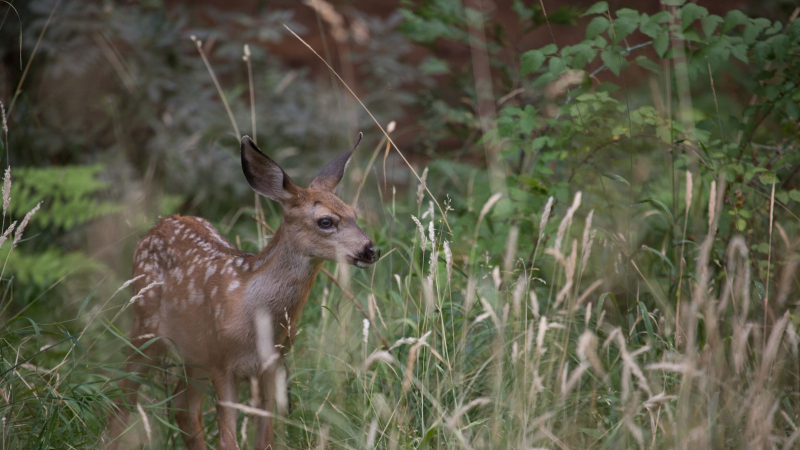
Keeping wildlife wild
As of the end of June, Yosemite’s bear team had tallied three bear-human incidents: two related to unattended food or other scented items, and one vehicle strike. While that number has dropped by 99 percent since its peak in 1998, and is 63 percent lower than the same time last year (thanks in part to years of support from our donors), there’s still plenty we can all do to protect bears and other wildlife.
Whether you’re heading out for a day hike, camping for a night or two, or venturing into the backcountry for an extended excursion, be sure to store your food safely in bear-proof lockers or canisters. Drive slowly on park roads, and be prepared to stop for animals. If you see a bear, keep your distance (or scare it off, in developed areas), and report the sighting.
In addition to increased bear activity, early summer brings the first fawns of the season to Yosemite Valley. If you see one, don’t approach! Adult female deer often leave their fawns alone, to avoid attracting attention to the young animals, but will return throughout the day to nurse. If you scare a fawn into moving, its mother might not be able to find it.
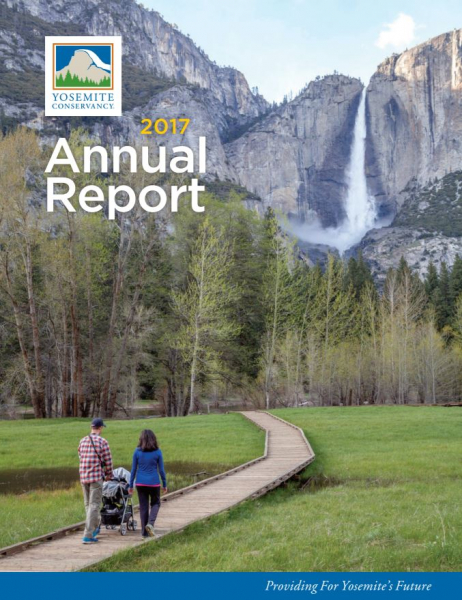
Last year in Yosemite
We published our 2017 Annual Report in early June. Click here to read all our annual reports and see the difference our donors make in Yosemite! (And if you’re feeling inspired post-report, we hope you’ll join our community of park supporters.)
Coming up on our calendars: An array of backpacking trips, day hikes and other opportunities to explore new parts of the park and learn about Yosemite’s natural and cultural history with our expert naturalists experts; an intergenerational family camping weekend in Tuolumne Meadows; pastel and nature-drawing workshops at Happy Isles; and more. Click here to learn about and register for our activities in the park — and remember, your participation supports Yosemite.
See you in the park, and thanks for reading!
Main image: A young black bear watches a hiker from a tree branch near Alder Creek, in southern Yosemite. Photo: Carolyn Botell, June 2018
